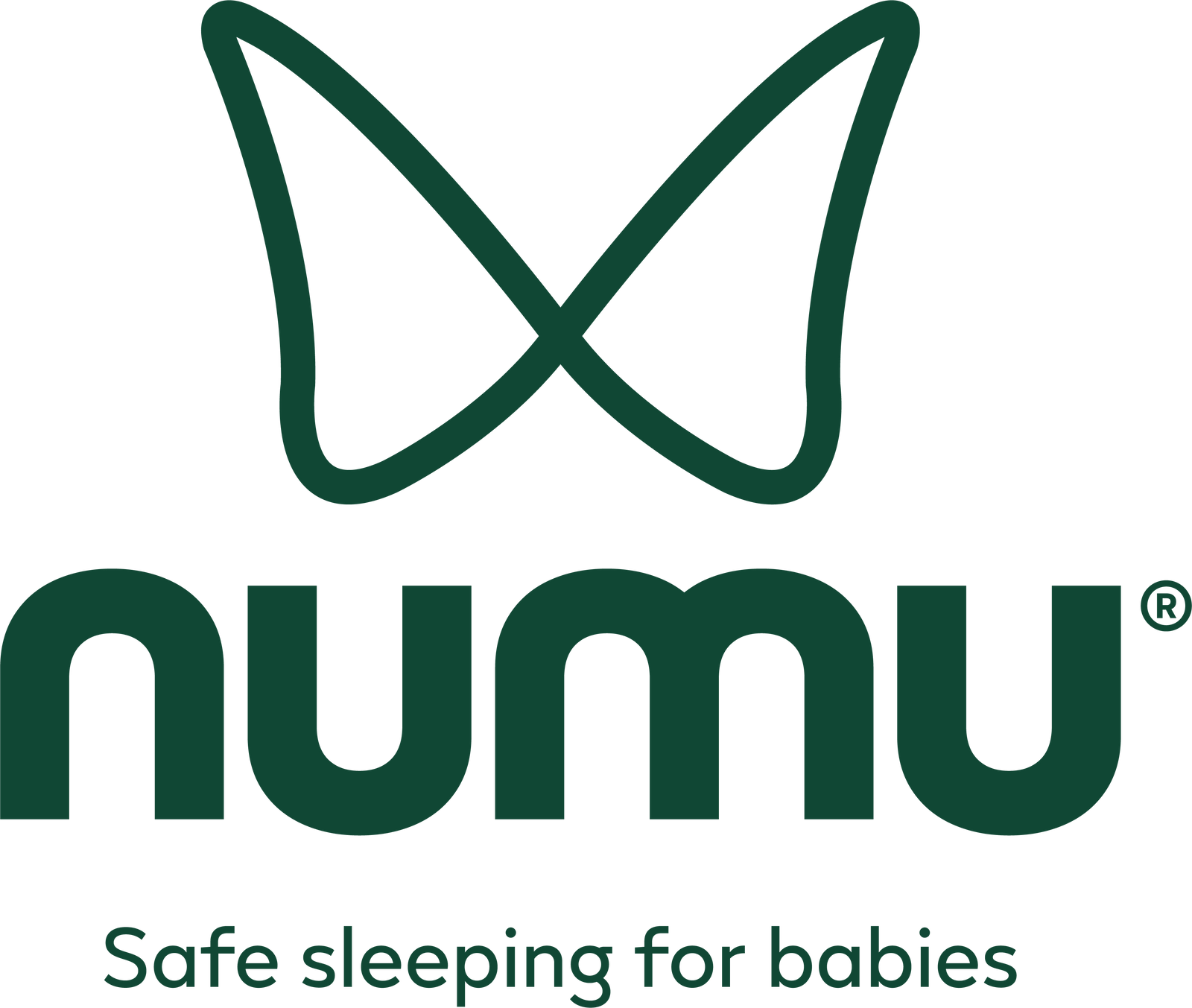There is nothing worse than witnessing your baby's discomfort from itching. Seeing their face or hands turn red due to a dry, irritating rash and hearing their frustrated cries can truly tug at any parent's heartstrings. Unfortunately, Australia experiences some of the highest rates of allergies worldwide. Allergic conditions such as hay fever, food allergies, eczema, and asthma are prevalent. Babies are often more sensitive to their environment than adults, and it's not uncommon for parents, including myself, to encounter rashes or skin sensitivity in their little ones.
Dealing with sensitive skin requires a holistic approach that involves identifying potential dietary and environmental allergens. This means thoroughly assessing everything in the baby's environment, including their bedroom, to eliminate all potential sources of irritation.
One of the most effective ways to manage and prevent sensitive skin and baby rashes is to identify and remove irritants from your baby's surroundings. Common causes of skin irritation in the bedroom include high levels of dust mites, saliva accumulation on the pillow, excessive night sweating, and prolonged exposure to nappy content. Overheating due to excessive blankets and clothing can also trigger eczema and irritation.
Most mattresses on the market are prone to collecting dust. Even a slight movement or impact can send clouds of dust circulating in the room. And where there's dust, there are dust mites.
The Royal Children's Hospital identifies dust mites, plant pollen, and animal fur as potential sources of irritation for your baby. If you or your partner have asthma, eczema, or hay fever, your baby may be more susceptible to these conditions. In such cases, eliminating dust and allergens becomes even more crucial for your baby's well-being.
As a concerned parent in a similar situation, with my partner having eczema and myself suffering from hay fever, I made certain decisions when setting up my baby's sleeping environment:
When searching for a mattress, I wanted to avoid a foam mattress that acts as a "dust trap" and provides an ideal breeding ground for dust mites. Additionally, being environmentally conscious, I sought an eco-friendly option. Eventually, I chose an organic, breathable mesh baby mattress. This type of mattress has fewer hiding spots for dust and minimizes potential triggers for my baby. I particularly appreciate that the mattress is classified as a Sensitive Choice partner, ensuring it meets strict health standards.
Apart from preventing dust mites, a breathable mattress promotes air circulation beneath my baby, reducing the chances of excessive sweating and sensitive, irritated skin. If there's any nappy spillage, it doesn't accumulate under her, allowing for drainage and easy cleanup later.
The fitted mattress sheet also features an open weave and is crafted from 100% cotton, perfectly complementing the blanket.
Just like any sleeping environment, the mattress, sheets, and blankets need regular cleaning. With this setup, it's a breeze, and I can be confident that the mattress is truly clean, unlike foam or denser materials.
Taking these steps has provided me with peace of mind, knowing that I've done everything possible to minimize my baby's exposure to potential allergens and irritants and ensure a safe sleeping environment. And the best part? My baby now sleeps through the night with minimal interruptions.

